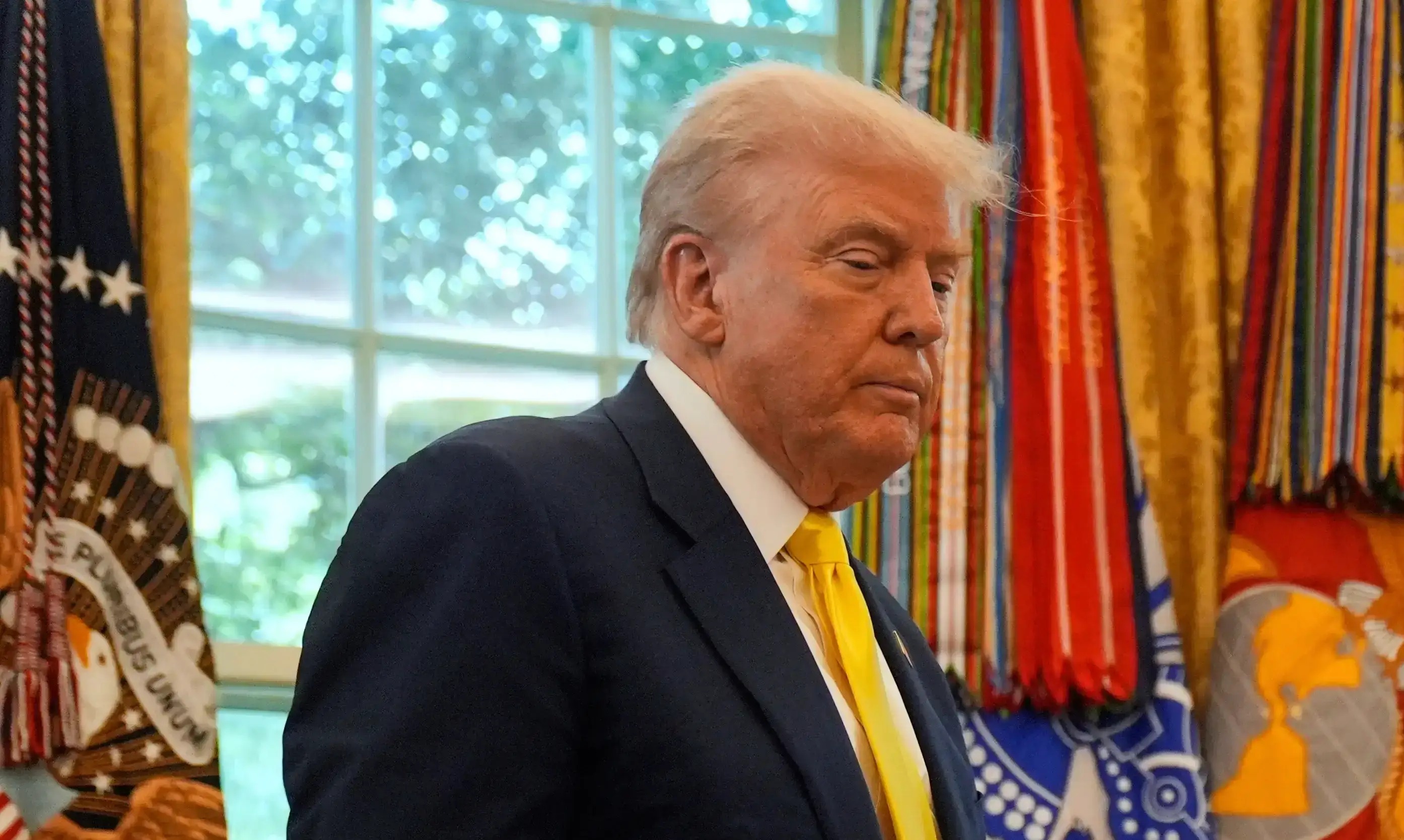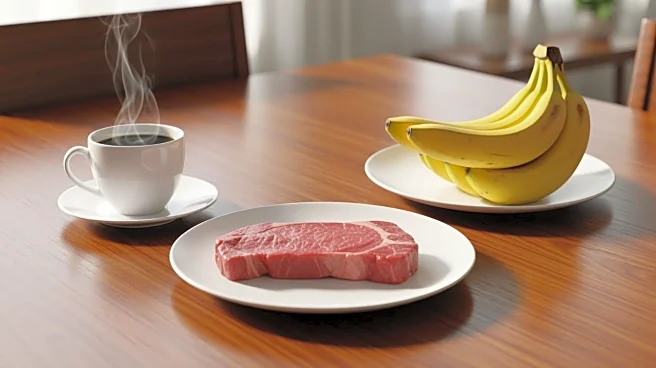What's Happening?
President Trump has issued an executive order to eliminate tariffs on hundreds of food products, including coffee, tea, tropical fruits, and beef. This decision follows new trade agreements with several
countries after initial tariffs were imposed in April. The move aims to ease inflation, particularly for items not grown in the U.S., as food prices have been impacted by global weather disruptions. The Food Industry Association has expressed support for the tariff cuts, highlighting potential benefits for consumers and food manufacturers. The tariff cuts are retroactive to November 13.
Why It's Important?
The removal of tariffs is significant as it addresses rising food inflation, which has been a concern for consumers and policymakers. By reducing costs for importers, the measure could lower prices for consumers, potentially easing the financial burden on households. The decision also reflects broader trade negotiations and adjustments in U.S. trade policy under President Trump. Additionally, the move aligns with Democratic messaging on the high cost of living, which has influenced recent elections. The tariff cuts could also impact the agricultural sector by altering supply chain dynamics.
What's Next?
President Trump plans to issue $2,000 dividend payments to low- and middle-income Americans next year, funded by tariff revenues. This initiative could further alleviate financial pressures on households. The administration may continue to negotiate trade terms with other countries, potentially leading to more tariff adjustments. Stakeholders, including food manufacturers and importers, will likely monitor the impact of these changes on market prices and supply chains. Political leaders may also respond to the tariff cuts, considering their implications for domestic and international trade relations.












